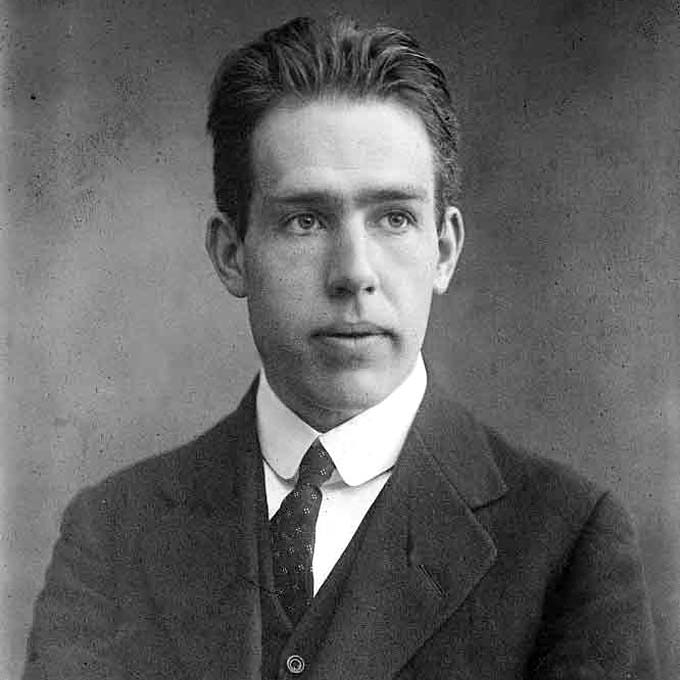Bohri
107
Bh
Grup
7
Període
7
Bloc
d
Protons
Electrons
Neutrons
107
107
157
Propietats Generals
Nombre atòmic
107
Massa atòmica
[270]
Nombre de massa
264
Categoria
Metalls de transició
Color
n/a
Radioactiu
Sí
Named after Niels Bohr, the Danish physicist
Estructura cristal·lina
n/a
Història
Bohrium was first convincingly synthesized in 1981 by a German research team led by Peter Armbruster and Gottfried Münzenberg at the Institute for Heavy Ion Research (Gesellschaft für Schwerionenforschung) in Darmstadt.
The team bombarded a target of bismuth-209 with accelerated nuclei of chromium-54 to produce 5 atoms of the isotope bohrium-262.
The team bombarded a target of bismuth-209 with accelerated nuclei of chromium-54 to produce 5 atoms of the isotope bohrium-262.
Electrons per capa
2, 8, 18, 32, 32, 13, 2
Configuració electrònica
[Rn] 5f14 6d5 7s2
The only confirmed example of isomerism in bohrium is in the isotope 262Bh
Propietats Físiques
Fase
Sòlid
Densitat
37 g/cm3
Punt de fusió
-
Punt d'ebullició
-
Entalpia de fusió
n/a kJ/mol
Entalpia de vaporització
n/a kJ/mol
Capacitat tèrmica específica
- J/g·K
Abundància a l'escorça terrestre
n/a
Abundància a l'univers
n/a

Crèdits de les imatges: skepticism.org
The element is named after Niels Bohr, a Danish nuclear physicist
Número CAS
54037-14-8
Número CID de PubChem
n/a
Propietats Atòmiques
Radi atòmic
-
Radi covalent
141 pm
Electronegativitat
-
Potencial d'ionització
-
Volum atòmic
-
Conductivitat tèrmica
-
Estats d'oxidació
7
Aplicacions
Bohrium is used for scientific research purposes only.
Bohrium is harmful due to its radioactivity
Isòtops
Isòtops estables
-Isòtops inestables
260Bh, 261Bh, 262Bh, 263Bh, 264Bh, 265Bh, 266Bh, 267Bh, 268Bh, 269Bh, 270Bh, 271Bh, 272Bh, 273Bh, 274Bh, 275Bh